I’ve been a die-hard Chicago Cubs fan my whole life, and there’s been a Sammy Sosa magnet on my refrigerator since the mid-1990s. Sure, I admired his ability to hit 66 home runs in a single season, but, real talk, chocolate-skinned Sosa was so good-looking, friends who never paid attention to baseball were suddenly wanting to go to Wrigley Field with me.
Remembering what the slugger used to look like made the images of Sosa that went viral on Twitter on Thursday all the more painful to see. That fans of Sosa are shocked by the pics despite his having appeared in 2009 at the Latin Grammy Awards with significantly lighter skin is telling. Even the most die-hard fan would be hard-pressed to connect these latest images of a pink-hued Sosa with the legendary player who was born with dark brown skin in the Dominican Republic 48 years ago.
The screenshots come from an ESPN television interview in conjunction with this week’s MLB Home Run Derby. Tweets comparing him to the invisible man, the Pink Panther, Pepto-Bismol, and an unbrushed tongue have been shared thousands of times. People are also speculating that Sosa’s appearance is due to skin-bleaching.
[quote position="left" is_quote="true"]It's a bleaching cream that I apply before going to bed.[/quote]
That’s not an unfounded assumption. Back in 2009, people wondered whether Sosa was sick or his skin tone was a side effect of his steroid use. However, a week after the Latin Grammys, Sosa admitted that his altered complexion had cosmetic roots.
"It's a bleaching cream that I apply before going to bed and whitens my skin some," Sosa said during a Univision network event, reported ESPN. "It's a cream that I have, that I use to soften [my skin], but has bleached me some. I'm not a racist, I live my life happily."
I don’t know about you, but if I see that a cream is bleaching my skin, I’m going to stop using it. But that a dark-skinned man like Sosa would deliberately continue to use such a cream is rooted in centuries of racial oppression that has led people of color around the world to internalize the belief that lighter skin is better.
As one Twitter user quipped, “This is what self-hate looks like.”
As a result, cosmetic companies are getting rich on people of color around the world purchasing skin-lightening creams. A report released in June by Global Industry Analysts projects that by 2024, sales of skin lighteners will reach $31.2 billion, up from $10 billion in 2015. Sales are being “driven by the still rampant dark skin stigma and rigid cultural perception that correlates lighter skin tone with beauty, cultural refinement, and personal success in several communities in Asia, the Middle East, & Africa,” according to the report.
In the United States, the preference for light skin stems from the way slaves who were lighter often received preferential treatment. Slavery has been illegal for more than 150 years, but we have not left the affinity for light skin in the past. Darker-skinned students are sometimes bullied by their peers at school, and research shows that darker-complexioned girls are three times more likely to be suspended at school than their lighter-hued peers. Studies also show that people with light skin are more likely to get shorter prison sentences than black people with dark skin. And when it comes to employment, a black person with lighter skin is more likely to be hired for a job.
Last summer, Ghana banned sales of these lightening creams, which often contain the toxic chemical hyrdoquinone. But as The New York Times reported last fall, the promotion of light skin is still ubiquitous:
“It’s not just the bleach cream ads, and there are plenty of those — including one on Liberation Road, less than a kilometer from the Accra airport as you make your way into the city, that says ‘Perfect White,’ under a photo of a smiling, light-skinned model with a ponytail. ‘Your dreams can come true,’ the billboard promises.
But regular advertisements for computers, for clothing, for banking services all show light-skinned women playing and frolicking and cooking and being otherwise ‘fresh’ (another code word for lighter-skinned). Two side-by-side billboards on Oxford Street for a casino show African men surrounded by and having fun with white and light-skinned women.”
American consumers aren’t always aware that, for example, a global brand like Unilever, which advertises its Dove brand with statements about loving yourself, sells a product called Fair & Lovely in other parts of the world. Unilever’s website states that “It is the no. 1 fairness cream in India and is popular throughout Asia.” Similarly, some products from Nivea carry labels on the bottles that promote a “10X whitening effect.”
So as shocking as Sosa’s pink skin is, his lighter appearance is promoted by multinational beauty companies as being the goal. Perhaps that’s why instead of making fun of Sosa, some folks on Twitter are taking a more empathetic approach to the controversy. As bestselling author Roxane Gay put it, “It's sad that the emotional pain Sammy Sosa feels about being black is so sharp he was willing to endure bleaching himself pink.”
So far, Sosa hasn’t commented about the reaction to his appearance. But CNN commentator Keith Boykin offered some wise words about the controversy: “I don't know what Sammy Sosa is going through, but the most important lesson I've learned in life is to love yourself for who you are,” he tweeted. If companies stopped trying to profit from the desire for light skin driven by racial oppression, Boykin’s advice might be easier to follow.

















 Screenshots of the man talking to the camera and with his momTikTok |
Screenshots of the man talking to the camera and with his momTikTok | 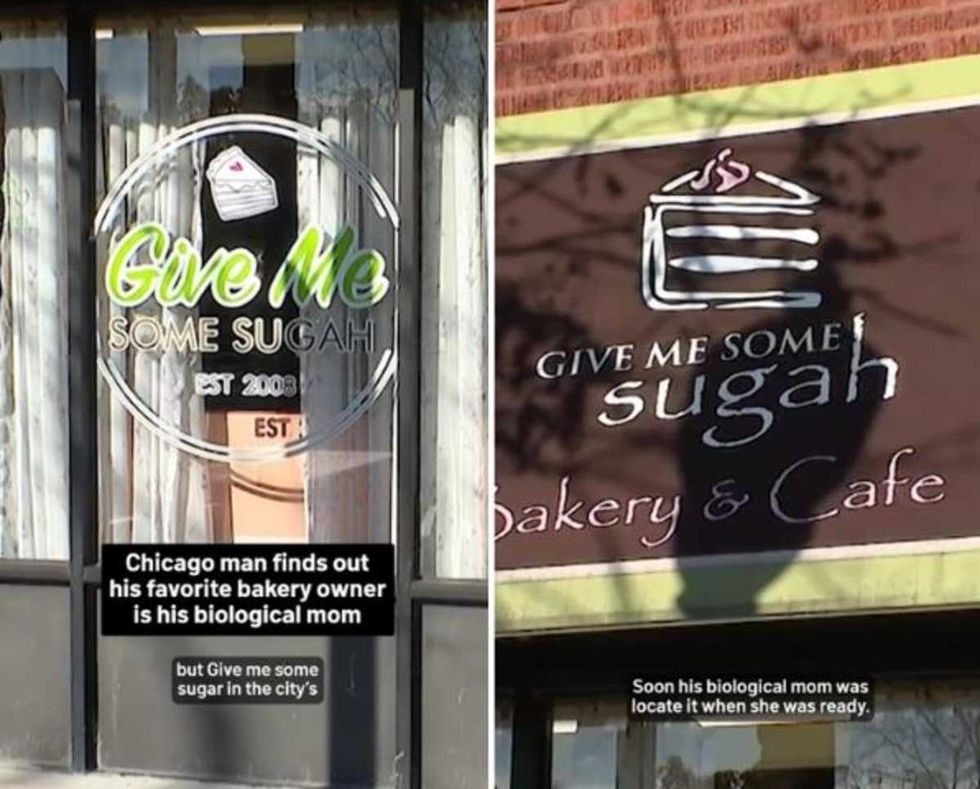 Screenshots of the bakery Image Source: TikTok |
Screenshots of the bakery Image Source: TikTok | 
 A woman hands out food to a homeless personCanva
A woman hands out food to a homeless personCanva A female artist in her studioCanva
A female artist in her studioCanva A woman smiling in front of her computerCanva
A woman smiling in front of her computerCanva  A woman holds a cup of coffee while looking outside her windowCanva
A woman holds a cup of coffee while looking outside her windowCanva  A woman flexes her bicepCanva
A woman flexes her bicepCanva  A woman cooking in her kitchenCanva
A woman cooking in her kitchenCanva  Two women console each otherCanva
Two women console each otherCanva  Two women talking to each otherCanva
Two women talking to each otherCanva  Two people having a lively conversationCanva
Two people having a lively conversationCanva  Two women embrace in a hugCanva
Two women embrace in a hugCanva 
 A reddit commentReddit |
A reddit commentReddit | 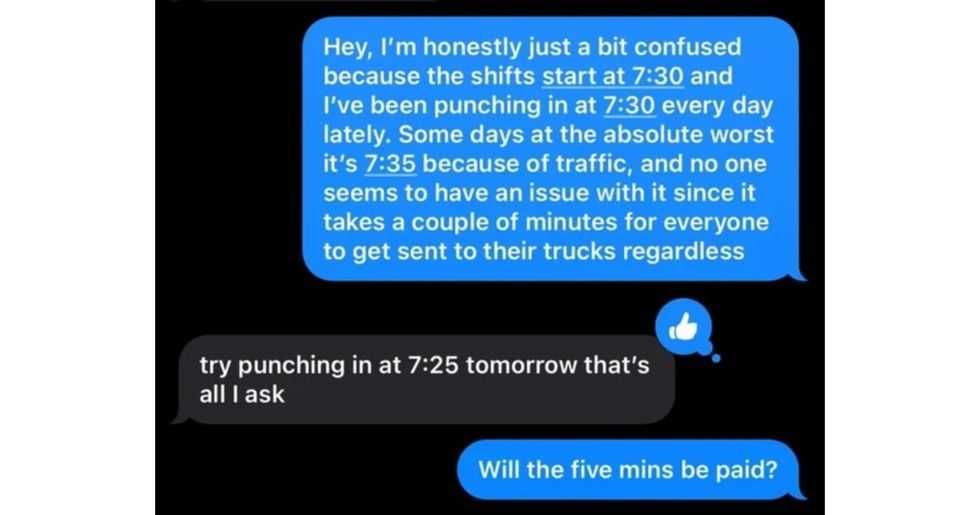 A Reddit commentReddit |
A Reddit commentReddit | 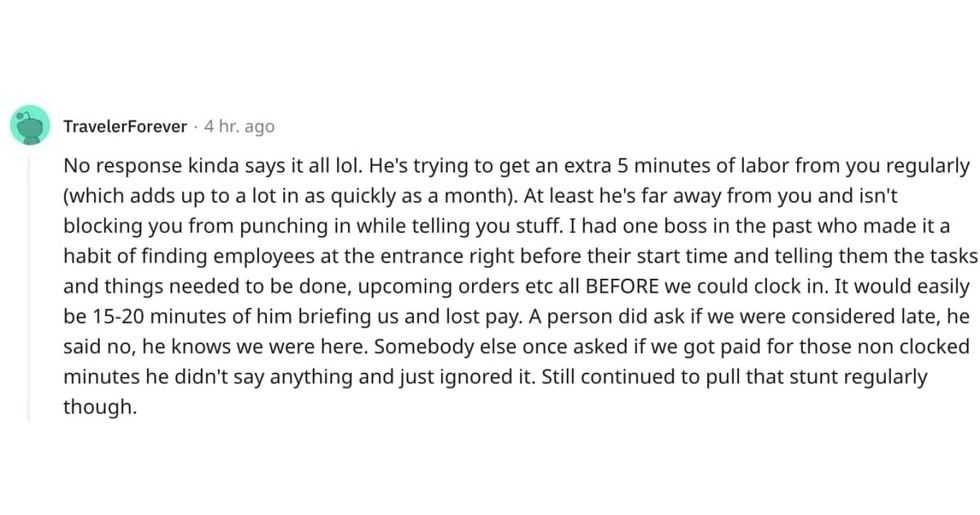 A Reddit commentReddit |
A Reddit commentReddit |  Stressed-out employee stares at their computerCanva
Stressed-out employee stares at their computerCanva
 Who knows what adventures the bottle had before being discovered.
Who knows what adventures the bottle had before being discovered. 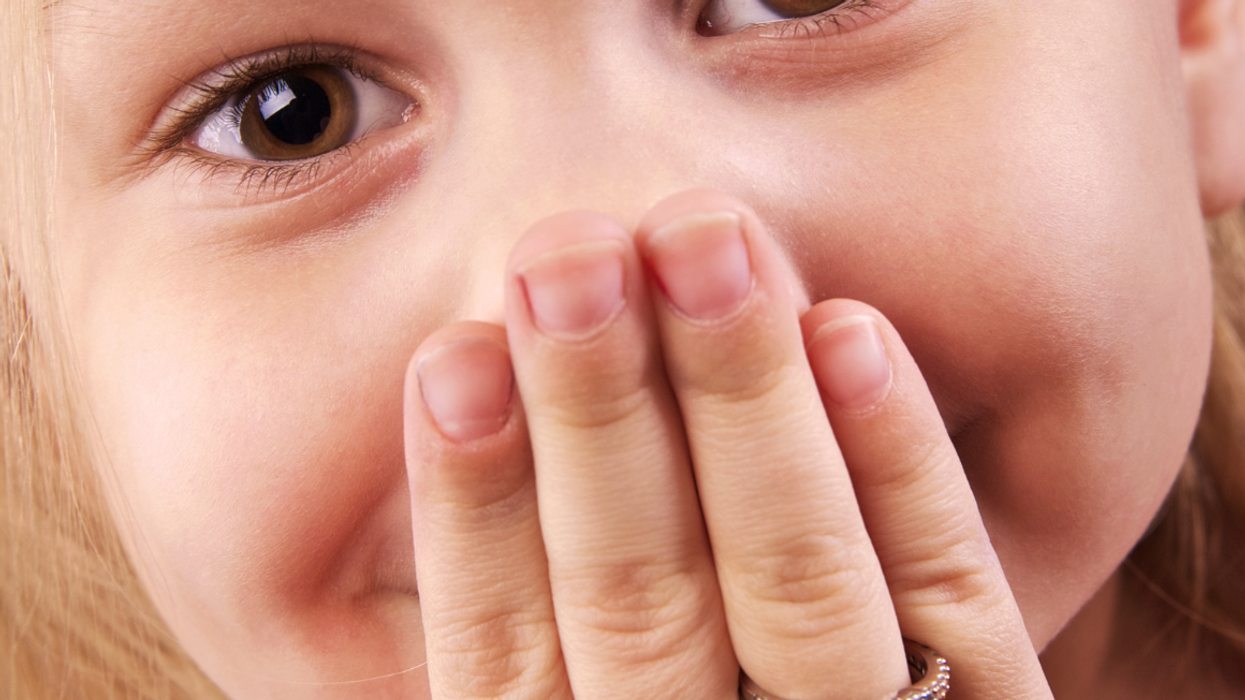
 Gif of young girl looking at someone suspiciously via
Gif of young girl looking at someone suspiciously via 
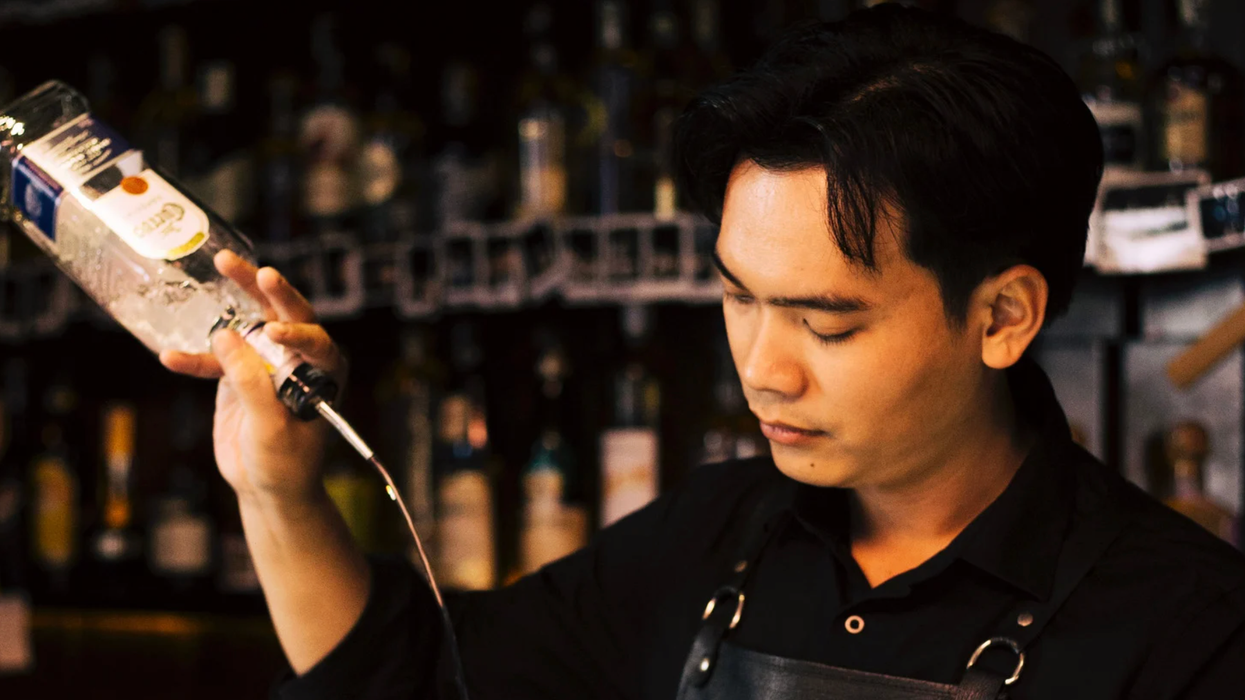
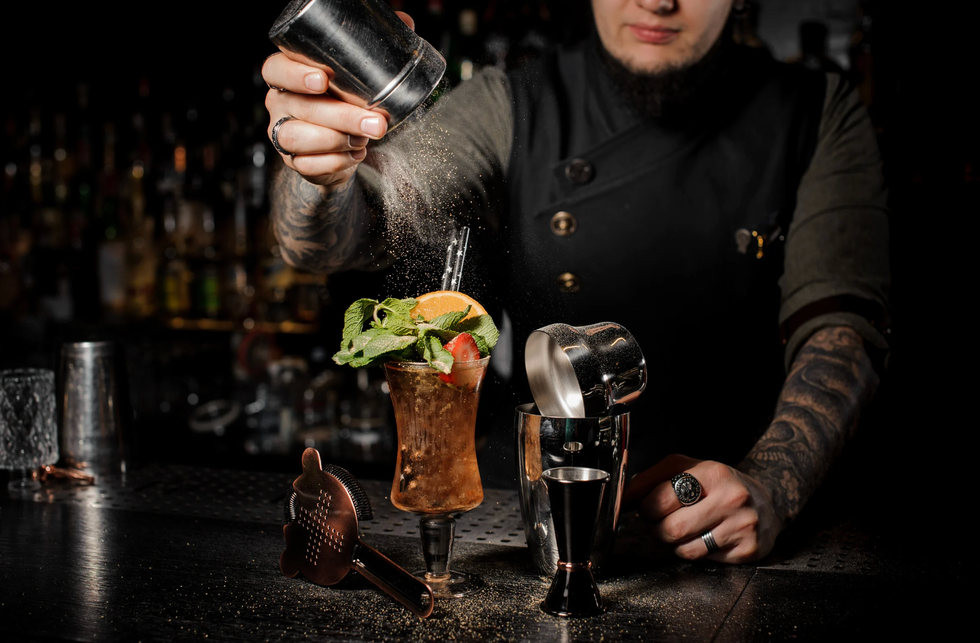 A bartender makes a drinkCanva
A bartender makes a drinkCanva